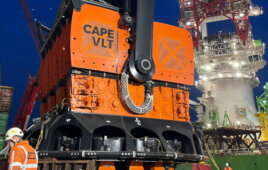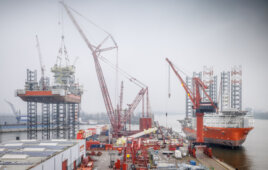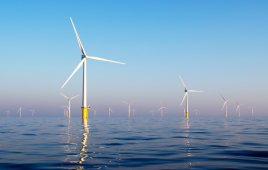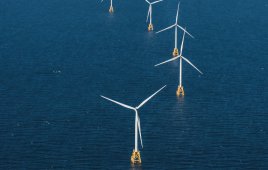Wind development and consulting firms depend on engineering and support software. The general categories of software that companies might use include: wind data validation and analysis, wind farm design and optimization, and online wind data resources that leverage geographic information system (GIS) technology to support preliminary site screening and evaluation of wind resources.
Online Wind Resource Assessment Tools
Characterizing the available wind resources is one of the first steps in siting and developing potential wind farms. Wind maps often provide a starting point. The availability of web-based mapping tools from several sources allow developers to access and view wind resource maps from around the globe to support prospecting for and evaluating potential sites. These tools typically include features such as:
- View wind resource maps in a GIS mapping interface
- Query wind speeds at location coordinates and at specific heights above ground
- View or extract wind statistics such as monthly and diurnal distributions, Weibull values and wind roses
Wind Data Validation And Analysis Software
When developing a wind farm, one of the first steps involves collecting wind and other related data from onsite meteorological towers and remote-sensing equipment. The data from these systems are critically important for estimating a wind project’s energy production. Wind-data validation and analysis software allows screening such data for quality issues and to produce an accurate data set for project design and analysis. Data validation and analysis can be done with commercially available software that includes features such as:
- Importing a variety of common wind industry formats from data loggers and measurement systems
- Data visualization of raw and calculated data such as air density and turbulence intensity, time series data, wind roses, frequency histograms and diurnal profiles
- Quality control measures that let users flag problems and potentially fill gaps in the data that could be caused by things such as tower shading, icing or sensor malfunction
- Data analysis features for wind shear, turbulence, temperature patterns, extreme wind conditions and wind speed distribution
Wind Farm Design And Optimization Software
Wind-farm design and optimization software is used throughout a wind project’s development to create optimal turbine layouts that maximize energy production, minimize energy losses due to wakes and other sources, account for balance-of-plant costs such as roads and cabling systems and take into consideration constraints such as property boundaries, setbacks, noise limits, visual impacts and environmentally sensitive areas. There are several brands of wind farm design software, but most generally allow:
- Importing wind data from meteorological towers
- Creating or importing results from wind flow modeling
- Characterizing turbines based on hub height, rotor diameter, power output and thrust over a range of wind speeds
- Creating optimal turbine locations within a project area
- Estimating gross energy production
- Calculating wake losses and other losses to estimate net energy production
Optional features vary with the software. In general, they allow calculating noise levels, viewshed analysis, turbine shutdown strategies, uncertainty analysis and designing road and electrical collection systems.
By: Lisa Andrews at AWS Truepower
Filed Under: News, Software





